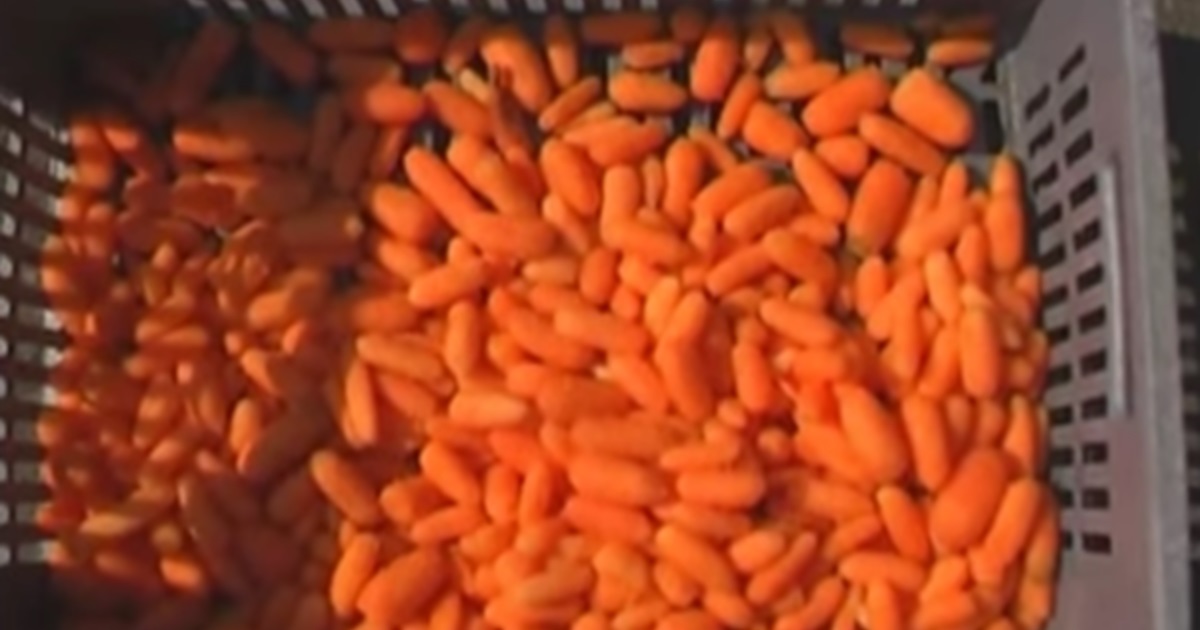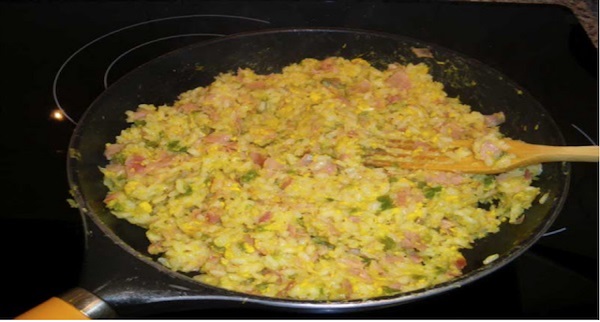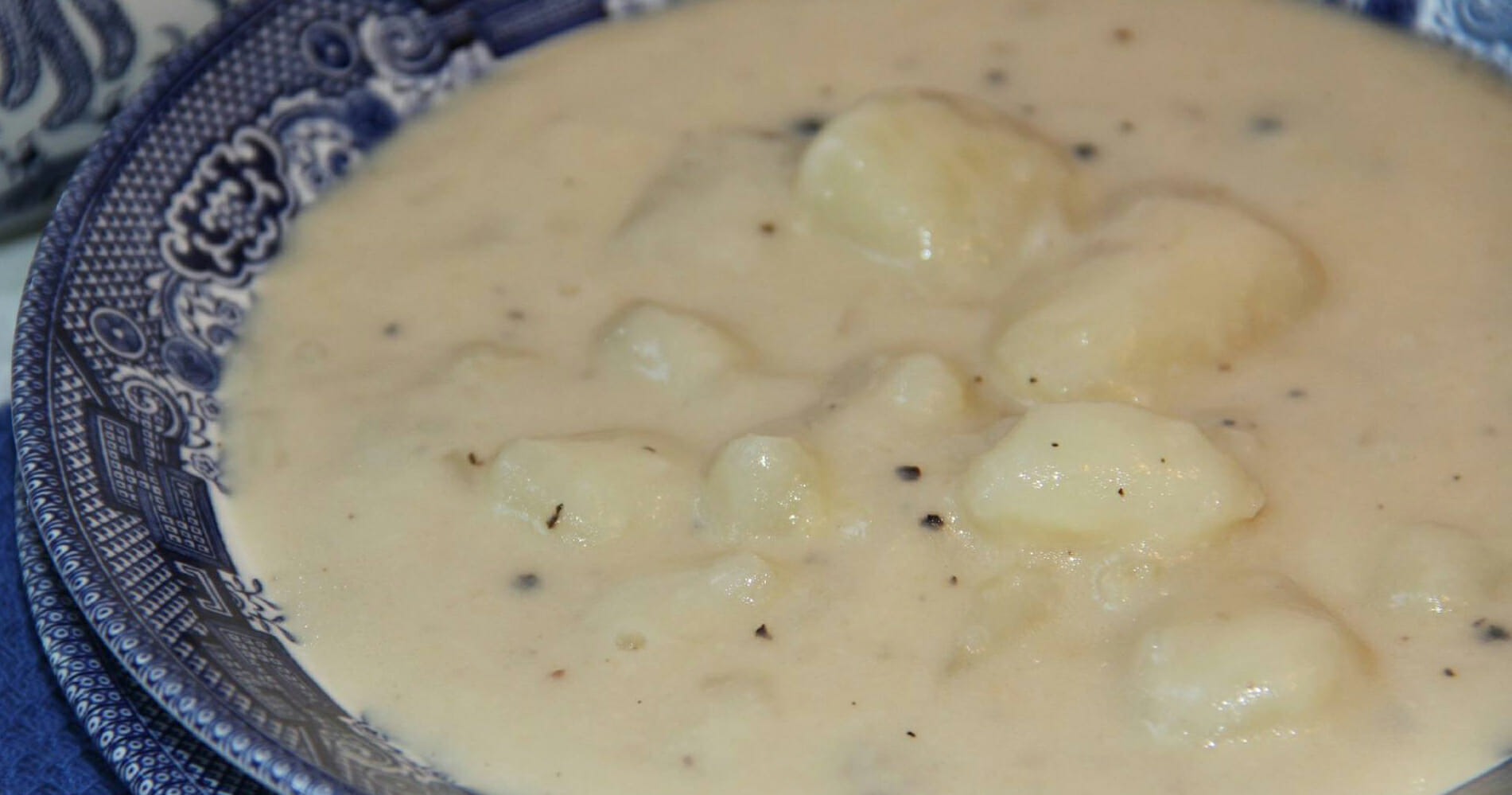The 'deadliest food in the world' kills over 200 people a year - yet millions still eat it
|
For most of us, food is about nourishment, flavor, and enjoyment. But for millions around the world, a simple meal can turn deadly.
Would you eat something that could kill you? For most people, food is about sustenance—but across the globe, certain foods come with a very real risk of death, and yet people continue to eat them. Let’s take a look at 10 of the most dangerous foods on Earth—and why people still choose to consume them.
A Staple Rich in Cyanide
Cassava might look like an innocent root, but its leaves and roots contain cyanogenic glycosides, which break down into cyanide when consumed raw or improperly processed. This can lead to cyanide poisoning, resulting in goiters, paralysis, and even death.
According to the World Health Organization (WHO), cassava poisoning kills about 200 people each year—earning it the grim title of “the deadliest food in the world.”
Despite the danger, cassava is a lifeline for over 800 million people in around 80 countries, reports the WHO. It’s drought-resistant, easy to grow, and provides essential carbohydrates. When properly processed—soaked, fermented, dried, or boiled—the cyanide levels drop, making it safe to eat. For many, it’s not a choice—it’s survival.
A Deadly Delicacy
Fugu, the famed Japanese delicacy, is made from pufferfish, which contains a toxin “200 times more deadly than cyanide,” according to the BBC. Tetrodotoxin poisoning is described as “rapid and violent”—first numbness around the mouth, followed by paralysis, and eventually death. The unlucky diner remains fully conscious to the end. There’s no known antidote.
Japan’s Ministry of Health reports that about 50 people (mostly amateur cooks and fishermen) are poisoned each year, with some cases resulting in death.
Despite the risks, fugu is considered a high-end delicacy in Japan, often served as sashimi or in hot pots. Only specially trained and licensed chefs are allowed to prepare it, meticulously removing the poisonous parts (liver, ovaries, and intestines). A mild tingling sensation from residual toxins adds to the thrill, making fugu a must-try for culinary daredevils.
A Hidden Toxin
Starfruit contains neurotoxins that are harmless to most but potentially fatal to people with kidney disease. In those affected, the toxin accumulates, leading to seizures, confusion, and even death. Symptoms can appear within hours—hiccups, vomiting, or weakness are common early signs.
If your kidneys are healthy, starfruit is perfectly safe—and delicious. This yellow, five-pointed fruit is beloved for its sweet-tart flavor and high vitamin C content. WebMD notes it’s packed with antioxidants, making it a great anti-inflammatory, and potassium, “which lowers the risk of heart attacks or strokes.”
Sweet with a Deadly Core
Cherry pits and apple seeds contain amygdalin, a compound that converts into cyanide when crushed or chewed. In large amounts, it can cause dizziness, nausea, respiratory issues—and even death.
While the fruits themselves are safe, avoid crushing or ingesting the seeds. Accidentally swallowing a whole cherry pit won’t harm you, but breaking it open can release toxins.
A Toxic Topping
When potatoes are exposed to light and turn green, they produce chlorophyll—harmless in itself. But as Healthline warns, “it can also trigger the production of certain compounds” like solanine, “which can be toxic to humans in large doses. Serious illness is rare, though.”
Overconsumption could lead to paralysis or even coma.
Green potatoes are safe if peeled thoroughly. Discard any with a green tint or sprouting eyes to avoid toxicity.
Naturally Nasty Nuts
Raw cashews contain urushiol—the same toxin found in poison ivy and poison oak.
“If you handled or ate truly raw cashews, you’d likely experience a similar reaction to poison ivy: an itchy, inflamed rash that could cause a burning sensation,” explains Healthline.
However, the “raw” cashews sold in stores have been steamed and processed to remove all traces of urushiol—making them perfectly safe.
Note: Mango skin also contains urushiol.
Not Worth the Trip
Nutmeg is a warm spice that contains myristicin, a compound that affects the nervous system. In large doses, it can cause hallucinations, nausea, rapid heartbeat, and seizures. Just two teaspoons can trigger serious symptoms lasting days—“and in some cases, psychosis has persisted up to six months,” warns research.
In small amounts, nutmeg adds delicious flavor to desserts and drinks. But too much turns this holiday spice into a toxic nightmare.
Deadly Mushrooms
Some wild mushrooms—like the death cap, which killed Pope Clement VII in 1534—contain toxins that lead to organ failure and death.
Britannica states that only “a few of the 70–80 known toxic mushroom species are fatal when ingested,” but many “closely resemble edible varieties, making them especially dangerous.”
There’s no need to avoid mushrooms altogether—but unless you’re an expert, it’s best to stick to the store-bought kind.
Sweet but Toxic
Rhubarb may be a pie and jam favorite—but did you know part of this plant is actually poisonous? The stalks are safe (and delicious), but rhubarb leaves contain oxalic acid—a natural toxin that, in large amounts, can cause kidney failure.
Rhubarb is tasty and versatile—but be sure to leave the leaves in the compost. Stick to the safe parts and enjoy this tart treat without worry.
Killer Beans
Raw red kidney beans contain phytohemagglutinin, a toxin that can cause severe vomiting and stomach pain. Just a handful of undercooked beans can result in food poisoning.
Boiling red kidney beans for at least 10 minutes destroys the toxin and makes them safe to eat. However, cooking at too low a temperature can make them even more toxic, so be extra cautious when simmering your chili.
Have you ever tried one of these deadly dishes? Tell us about the most dangerous thing you’ve ever eaten—and then share this story so we can hear from others!












